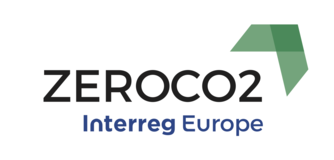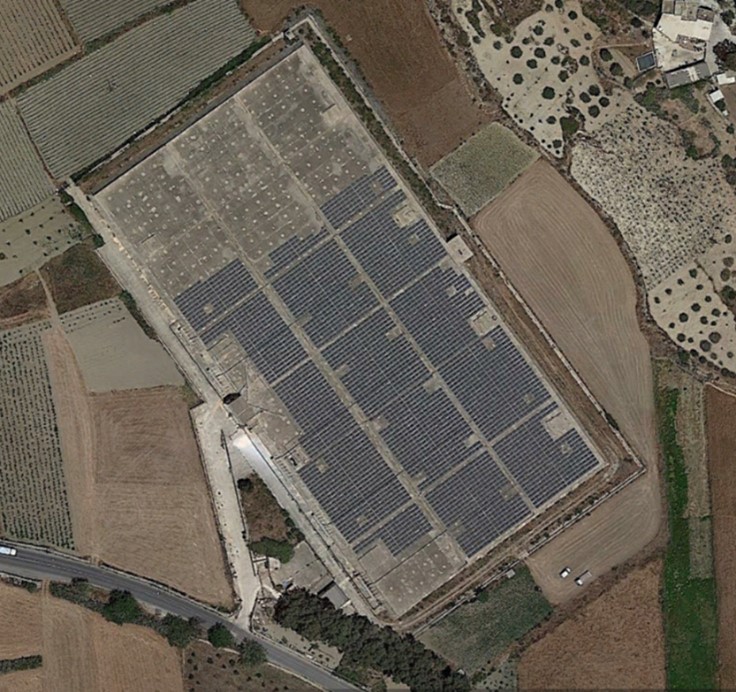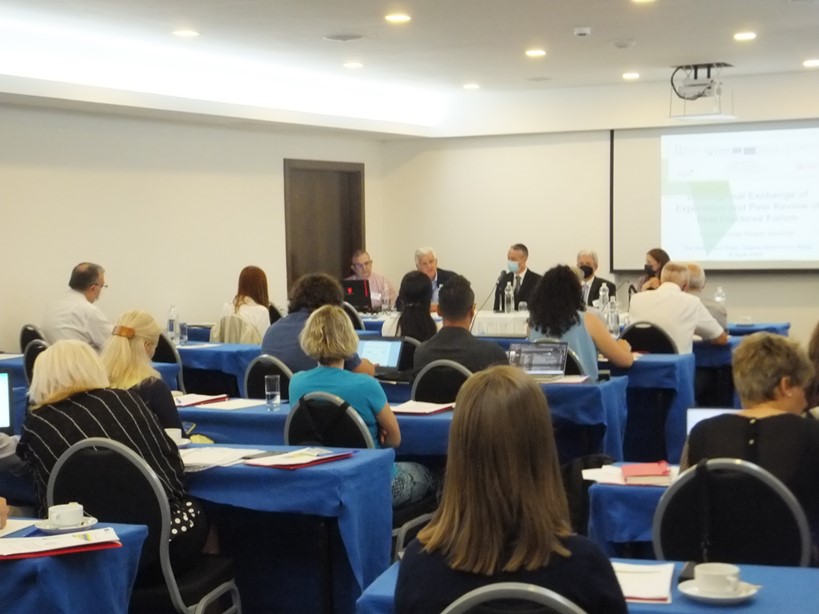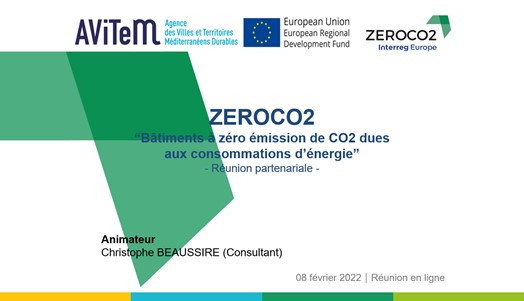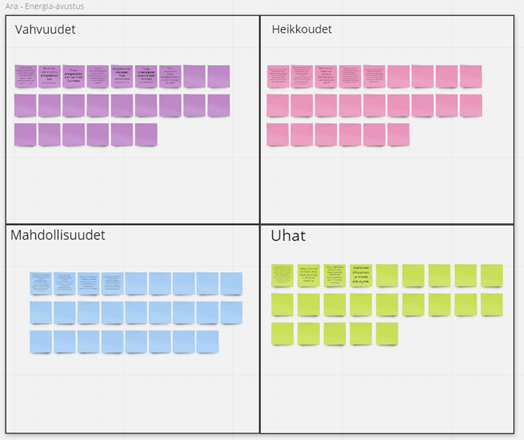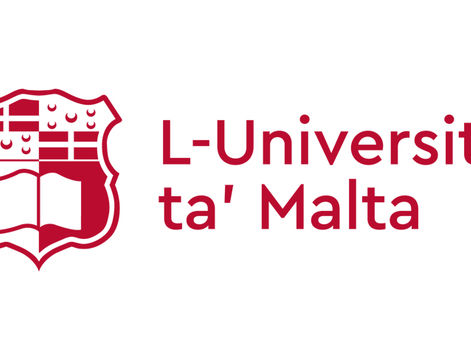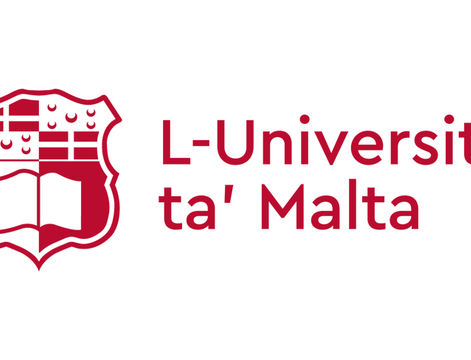With Directive 2012/2/ & Directive 2010/31 Energy Performance of Buildings and Energy Efficiency produces a potential breakthrough in European policies. The objectives and tools of intervention and verification oblige member countries to immediately adopt a clear strategy for the improvement of the performances of the buildings.
The EU Directive proposes that after 2020 all new buildings must be zero energy buildings and those buildings will also be Near Zero CO2 Emission Buildings (NZCO2EB) due to energy use. Although there has been much recent focus on measures to reduce the emissions from new buildings, the existing building stock remains largely untouched and many refurbishment projects miss opportunities to reduce emissions and deliver low CO2 buildings.
Action to dramatically enhance the energy efficiency of buildings and use of renewable energy sources is an essential step to reducing demand for energy and as a consequence lowering CO2 emissions. In creating regional policy adaptions, it will create healthier and more affordable environments, a great many jobs and stimulate economies. With careful deployment of renewable energy sources and with demand side reduction, led by action on building energy use, can energy supply be decarbonised rapidly enough.
In the first phase ZEROCO2 project partners have defined Near Zero CO2 Emission Buildings due to energy use and presented various benefits resulting from this innovation. During the exchange of experiences, good practices and market needs action plans have been elaborated for regional environmental and energy policies supporting EU targets. Please click the folder link to read the action plans FOLDER: Action Plans - Semester 4
After the first six months of the monitoring phase first actions elaborated in the action plans has already been implemented in the policy instruments. Please click the folder link to review the policy implementation reports FOLDER: Policy Implementation Reports
